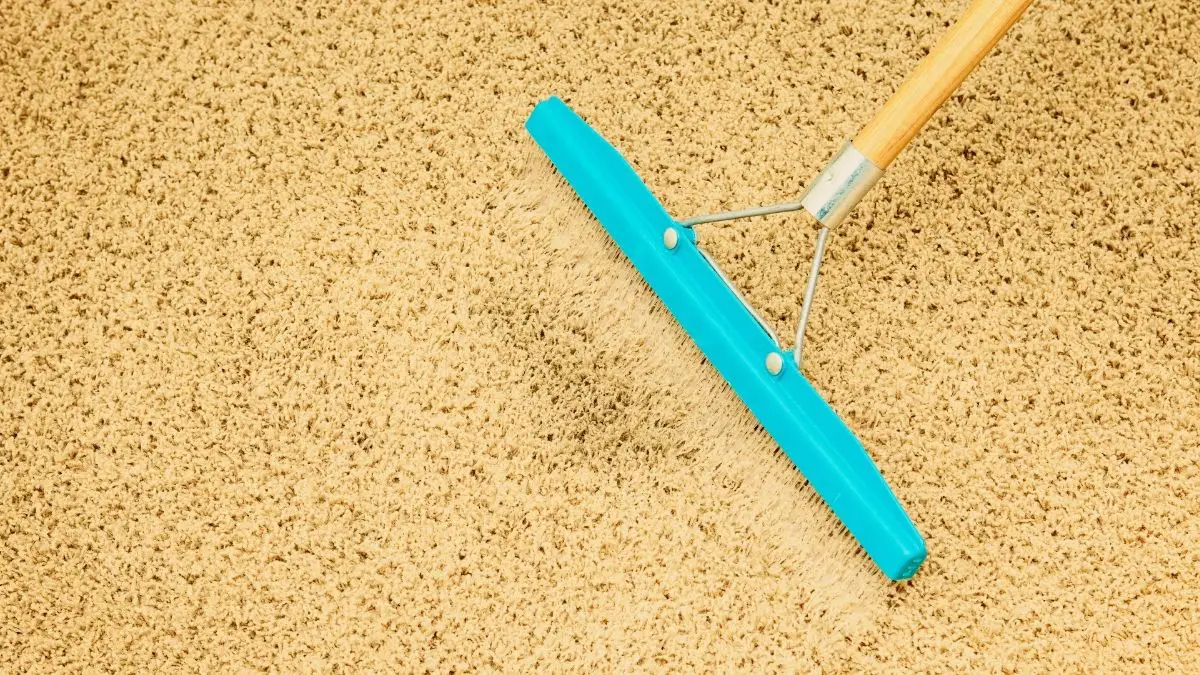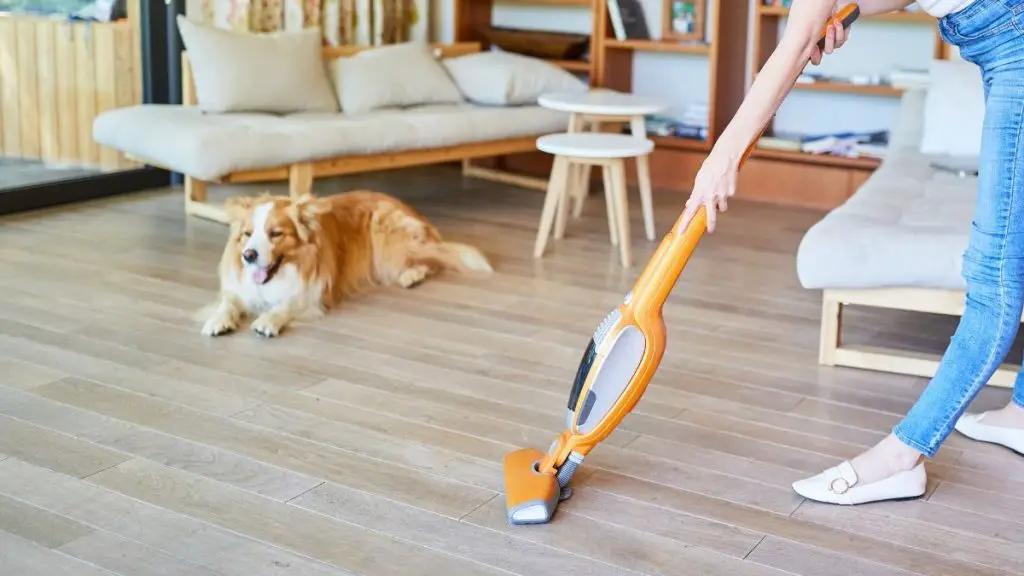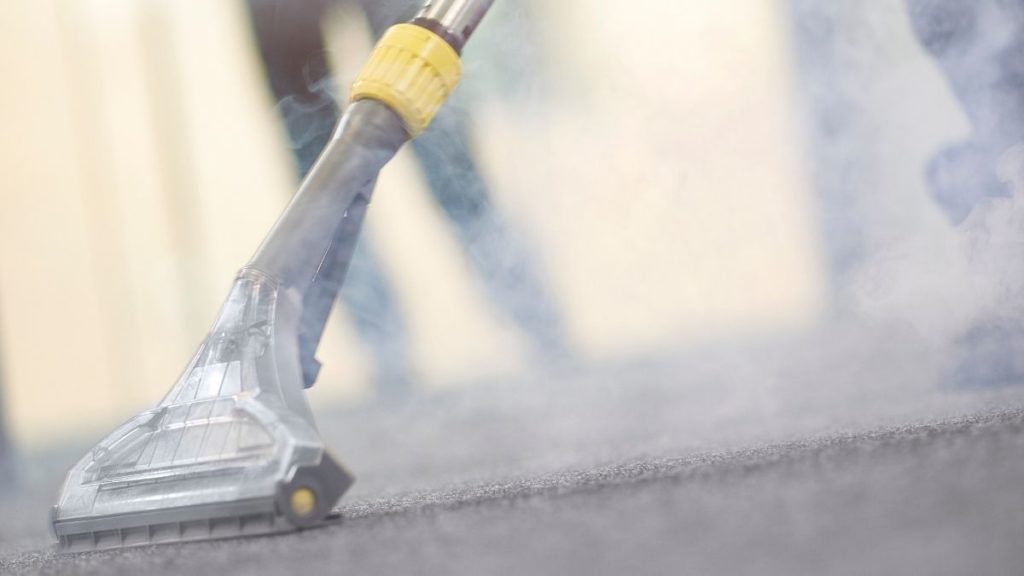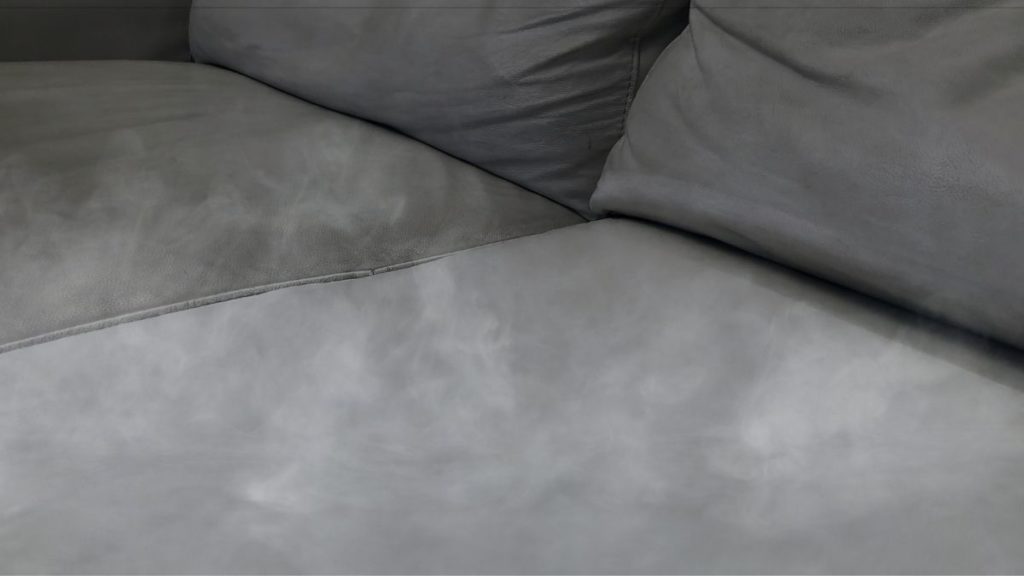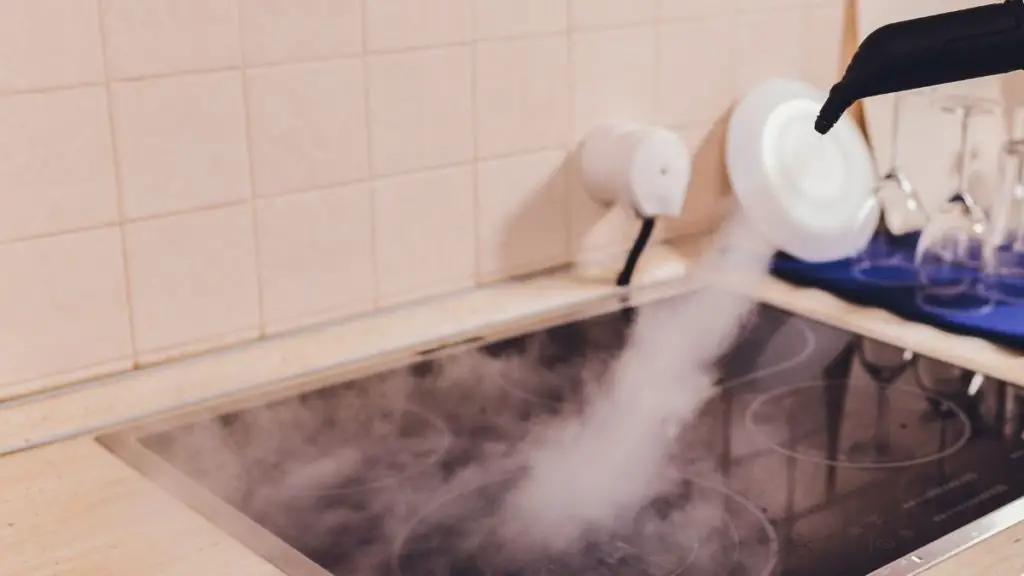How To Get DampRid Out Of Carpet
*As an Amazon Associate we earn from qualifying purchases. The price to you remains the same.
During the winter months and rainy spring seasons, it’s easy for dampness to get into your home. So, how do you get DampRid out of your carpet?
However, accidents happen, and if it spills into your carpet, it can be a challenging situation. It can also sink into your carpets and leave behind some stains.
DampRid itself is not known to cause staining on carpets. However, if spilled in liquid form or in excess, it can potentially leave behind residue that may result in discoloration or a sticky film on the carpet fibers. Additionally, if DampRid comes into contact with certain dyes or materials used in carpets, it could cause staining.

Getting DampRid Out Of Carpet
Table of Contents
DampRid is a moisture-absorbing product commonly used to tackle dampness and prevent mold and mildew growth. While it’s highly effective at its job, it can leave behind a residue on your carpet that can be challenging to remove.
To keep it short, you can get rid of Damprid by vacuuming and using hot water to dilute the stain. Then, steam clean to make sure the carpets are deep cleaned.
If you want a detailed guide, read on!
Step One: Vacuum Very Carefully
For those who aren’t familiar with DampRid, this is a substance that comes in the form of crystals. These crystals help wick moisture out of your carpets.
If you spill a bunch of the stuff, you’ll need to start by removing the worst of the spill with your vacuum cleaner. If you don’t have a vacuum, just use a broom.
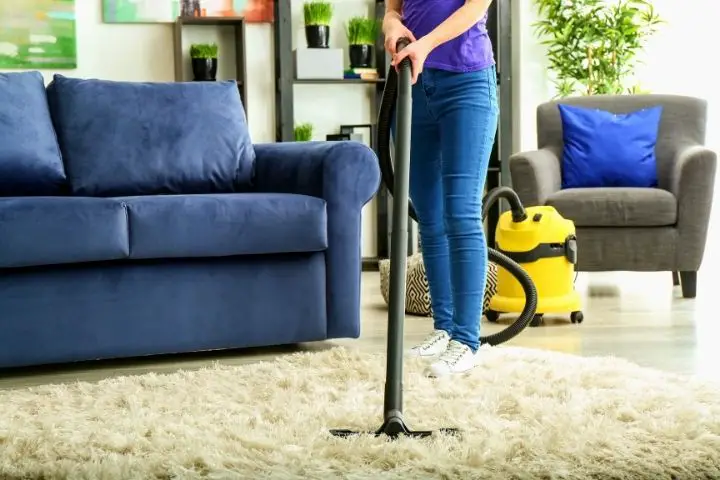
It’s best to use a vacuum so that your skin doesn’t come into contact with these chemicals. It is possible that it may cause skin irritation, especially in people with sensitive skin. As such, it’s best to leave this step to the vacuum cleaner.
Pro Tip: Since you’ll be vacuuming up moisture as well as the spilled Damprid, it’s a good idea to use a wet & dry vacuum. These machines can pick up the moisture as well as the spilled crystals.
Step Two: Pour Hot Water Over the Pesky Spot
Now, pour small amounts of hot water over the stain. This step is important because it will dilute the Damprid that’s sitting on your carpet.
Why does this work? Because the crystals will soak up moisture, soaking up the water you pour on it and making the crystals larger and easier to soak up.
If you don’t take the time to dilute it, your spill will get larger. That’s because Damprid absorbs moisture.
While it’s great that the substance absorbs moisture when you’re getting rid of dampness, it’s not great if you’re dealing with a spill.
Note: remember that Damprid (calcium chloride) can damage carpet fibers. If you don’t dilute it first, you can cause further damage to your floors.
Step Three: Repeat, Repeat, Repeat
Once you get to the end of the process, your job might not be done. You may still spy a few stray crystals scattered about the floor.
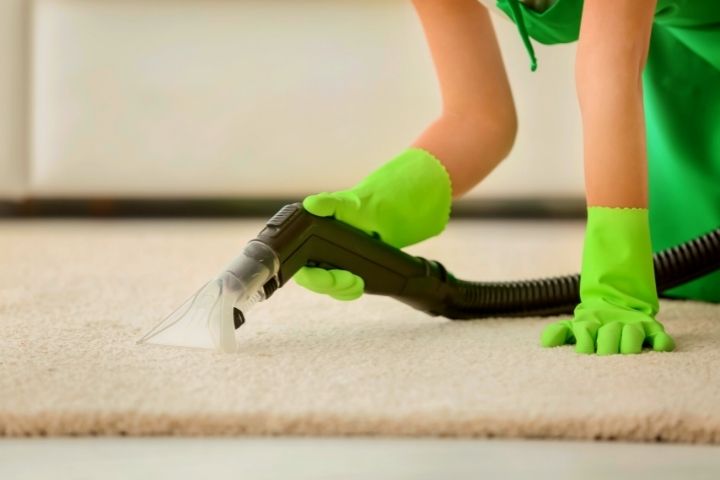
If you’re in this position, just keep repeating the steps of the process until the last of the crystals are gone. Pour hot water on the stain, vacuum it up with your wet/dry vac, and allow to dry.
The good news is that even if you have to do this a couple of times, it still shouldn’t take too long for you to get rid of the Damprid (no pun intended).
Step Four: Steam Clean
Once you’ve got all the calcium chloride off your carpet, it’s time to deep clean. This step is important because it ensures that there are no lingering chemicals in your carpet that can damage the fibers.
To clean your carpet, grab your steam cleaner and fill the tank with water. You’ll just want to use hot water here, so don’t add any additional cleaners or chemicals to the tank.
Start in one corner of the room and slowly make your way to the opposite wall. Continue this process until you’ve steam cleaned the entire carpet. As you go, make sure not to trod on the portions of the carpet that you’ve already cleaned.
Once you’re finished, allow the room to air-dry. It should take about eight hours to dry, during which time you should stay out of the room. You can speed this process up by placing upright fans in the doorway to blow air into the room.
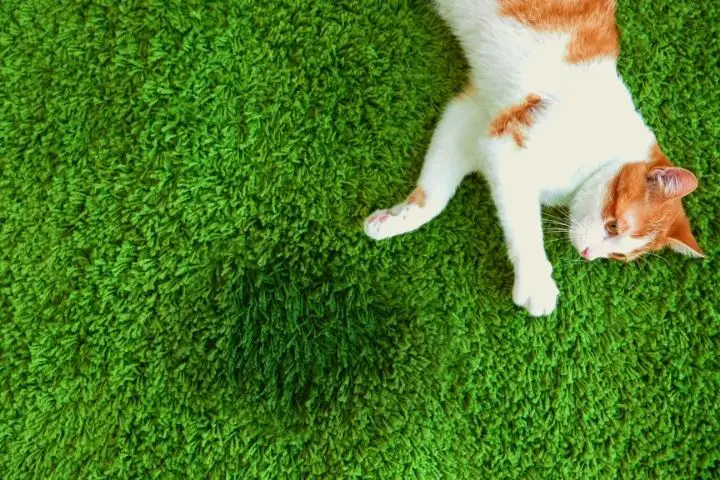
Using DampRid During Damp Winter Months
During the winter months, when humidity levels tend to drop due to cold outdoor temperatures and indoor heating systems, using DampRid can be particularly beneficial in maintaining a comfortable and healthy environment in your home.
It can help combat excess humidity and moisture buildup, which can lead to issues such as mold, mildew, and musty odors. Here’s how you can effectively use it in the winter:
1. Combat Condensation
During the winter, condensation can occur on windows, walls, and other surfaces when warm indoor air comes into contact with cold surfaces. This moisture can contribute to mold growth and dampness. Placing DampRid in areas prone to condensation, such as windowsills and corners of rooms, can help absorb excess moisture and prevent condensation-related issues.
2. Protect Against Moisture Damage
Winter weather can bring snow, sleet, and rain, which may track indoors on shoes and clothing. This moisture can seep into carpets, rugs, and upholstery, leading to dampness and potential damage. Placing DampRid near entryways or in areas where wet items are frequently placed can help absorb excess moisture and prevent water damage.
3. Prevent Mold and Mildew Growth
Homes with poor ventilation or inadequate insulation may be prone to moisture buildup, especially in areas such as bathrooms, basements, and closets. DampRid can help control humidity levels in these areas, reducing the risk of mold and mildew growth. Consider placing DampRid containers in closets, cabinets, and other enclosed spaces to maintain optimal humidity levels.
4. Control Musty Odors
Damp, musty odors are often a sign of excess moisture and mold growth. By using DampRid in areas where odors are present, you can help eliminate the source of the odor by absorbing excess moisture. This can leave your home smelling fresh and clean throughout the winter months.
5. Maintain Indoor Air Quality
High humidity levels can contribute to poor indoor air quality, exacerbating respiratory issues and allergies. By using DampRid to control humidity levels, you can help create a healthier indoor environment for you and your family, particularly during the winter when windows are often kept closed.
6. Monitor and Replace as Needed
Regularly monitor the DampRid containers to gauge moisture absorption levels. When the crystals or granules become saturated, replace them with fresh ones to ensure continued effectiveness. This is especially important during the winter months when humidity levels may fluctuate due to changes in outdoor weather conditions.
7. Follow Safety Precautions
When using DampRid, always follow the manufacturer’s instructions and safety guidelines. Keep the product out of reach of children and pets, and avoid placing it directly on surfaces that may be damaged by moisture absorption – such as carpets!
Frequently Asked Questions for How To Get DampRid Out Of Carpet
How Do I Get Rid of Damprid?
If you’re trying to get rid of Damprid from your carpets, you can use your vacuum cleaner and a bit of hot water. However, if you’ve got a bottle of it on your hands that you need to get rid of, these won’t work. To dispose of this product, simply flush it down the toilet or pour it down your sink.
Is Damprid Toxic?
Even though it is a chemical, it’s not toxic. That’s because it’s made out of a natural mineral salt called calcium chloride. However, you’ll still need to dispose of it in the septic system as other disposal methods can cause it to end up in a landfill and damage the environment.
Can Damprid Cause Mold?
Even though it gets rid of humidity and prevents the growth of mildew, it can cause mold. If you leave Damprid out in saturated areas mold can begin to grow, causing a variety of health issues. It’s best to carefully monitor any areas where you’re using or placed it to avoid this issue from arising.

